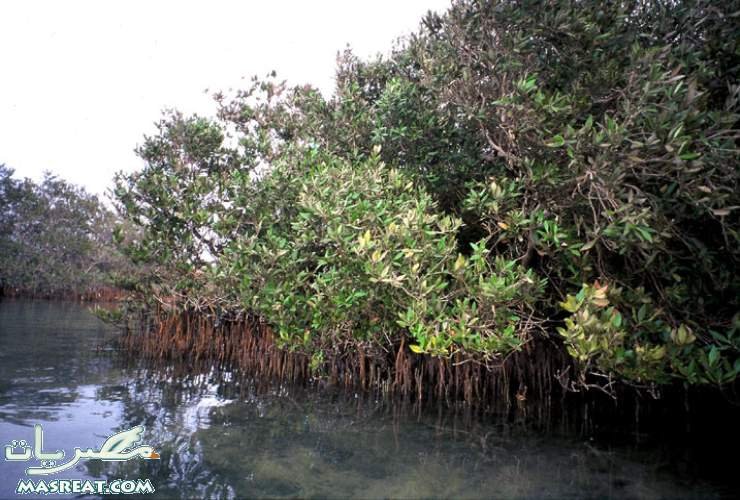
 |

محمية وادي الجمال في محافظة البحر الاحمر
الموقع :تقع منطقة وادي الجمال من 6 إلى 40 كم جنوب مرسى علم وهي محمية طبيعية جديدة بعد انتهاء الإجراءات القانونية
Wadi el Gemal National park
Date of Announcement : 2003
Area : 7450 Km2
Type : Desert protected area
WGNP encompasses a great diversity of habitats in a uniquely compact setting representing a complet terrestrial & marine ecosystem characteristic of the Red Sea coast , the region is of phenomenal natural beauty and outstanding biological diversity. The coral reefs of the WGNP are amongst the best and most diverse in the Egyptian Red sea, and are home to a great diversity of fish and marine invertebrates . They have enormous economic value, providing the basis for international tourism activities and sustain locally important.
WGNP includes a significant proportion of the mangrove resources of Egypt. At Hamata, thickets of Avicenna marina extends for 12 km in a semi – continuous fringe, and from important nurseries for economically important fish and nesting sites for many of the region's water birds. Substantial sea grass beds provide food for the threatened green Turtle, chelonia mydas and Dugong, Dugong dugon. At least two species of marine turtles nest on islands, as well as on the mainland coast in the National park, where some of the country's most important turtle nesting are found.
The interior of the National park is a complex pristine mountain wilderness, inhabited by a diversity of wildlife including several endangered species, and representing an enormous resource for ecotourism activities. The wadi el – Gemal watershed at 1476.7 km2 is one of the largest drainage basins in the Eastern Desert. It is perhaps the best – vegetated wadi the Eastern Desert, encompassing dense groves of Tamarix sP., Balanites aegyptiaca, Salvadora persica, and Acacia tortilis, representing a unique relict of sahalian vegetation. Table 1 gives an idea of the taxonomic groups that have been recorded in WGNP.there are 20 globally threatened species known from WGNP, the most significant of these ( i.e. species for which WGNPcan make an important contribution towards their global conservation) are: Marine turtles; Dugong; white- eyed Gull, Larus leucophthalmus, Dorcas Gazelle, Gazella dorcas, and Barbary sheep , Ammotragus lervia.
People belonging to the Ababda Tribe, who still practice a traditional lifestyle largely in harmony with their environment, inhabit the area. The area has many archaeological sites along important historic trade routes linking the Red Sea with the Nile Valley. Natural systems are still intact and development in the area is still at its infancy, but is expected to pick up pace in the near future. Mining and quarrying are relatively widespread activities, and there are several inactive gold and emerald mines scattered throughout the area.
The WGNP declaration came within the framework of Egypt's declared protected Area system plan, and during a period when public and professional concerns about the future status of natural resources near the Red sea have increased. There was some urgency to establish a conservation framework for the resources that would ensure their long – term sustainability.
جاليري مصر - اعداد وتقديم: مصريات